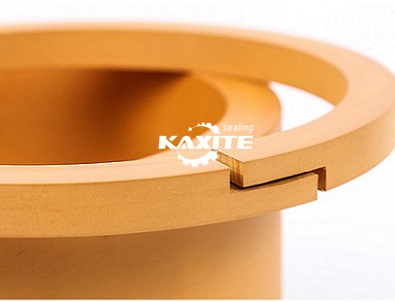


Polyimide refers to a class of synthetic polymers. Adding polyimide produces a PTFE compound that is lower in friction than all of those previously described. It is non-abrasive, making it a good choice for applications involving softer mating surfaces like steel, aluminium, or other plastics. Polyimide filled PTFE therefore suits dry running and stop-start applications particularly well. However, polyimide is the priciest of the PTFE fillers.
In summary, filled PTFE comes in many forms, each with unique benefits. Raw PTFE is already a versatile and extremely useful substance, and it can be further improved and tailored by the addition of various fillers. Several aspects should be considered when sourcing filled PTFE for a specific application. Does it require increased or reduced friction? What about thermal conductivity? Is compressive strength absolutely key? Different quantities and grades of filler can be added, and different fillers can even be combined to result in an even better solution.
Advantages:
• Operates well against soft mating surfaces like aluminum, mild steel, brass and plastics
• Ideal for stop-start applications to eliminate stick-slip
• Extremely low wear
• Increased hardness
• Low Friction
Application:
• Rider and piston rings in compressor applications
• Spring-reinforced dynamic seals
• Bearings and gliding elements
• Compressors for dry gases
• Piston rings in pumps
• Rod packings
• Lip seals., etc
Data sheet
|
Property |
Test Method |
Values |
|
Specific Gravity |
ASTM D 4894 |
2.1-2.2g/cm3 |
|
Tensile Strength |
ASTM D 4894 |
23-27 mpa |
|
Elongation |
ASTM D 4894 |
240-320% |
|
Shore D Hardness |
BS EN 13000-2 |
59-62 |
|
Temperature Range |
- |
-200 oC - 260 oC |
|
Material |
- |
7% Polyimide + PTFE |